With enthusiasm, let’s navigate through the intriguing topic related to Unleash Your Inner Artist: A Beginner’s Guide to Drawing. Let’s weave interesting information and offer fresh perspectives to the readers.
Introduction
Unleash Your Inner Artist: A Beginner’s Guide to Drawing
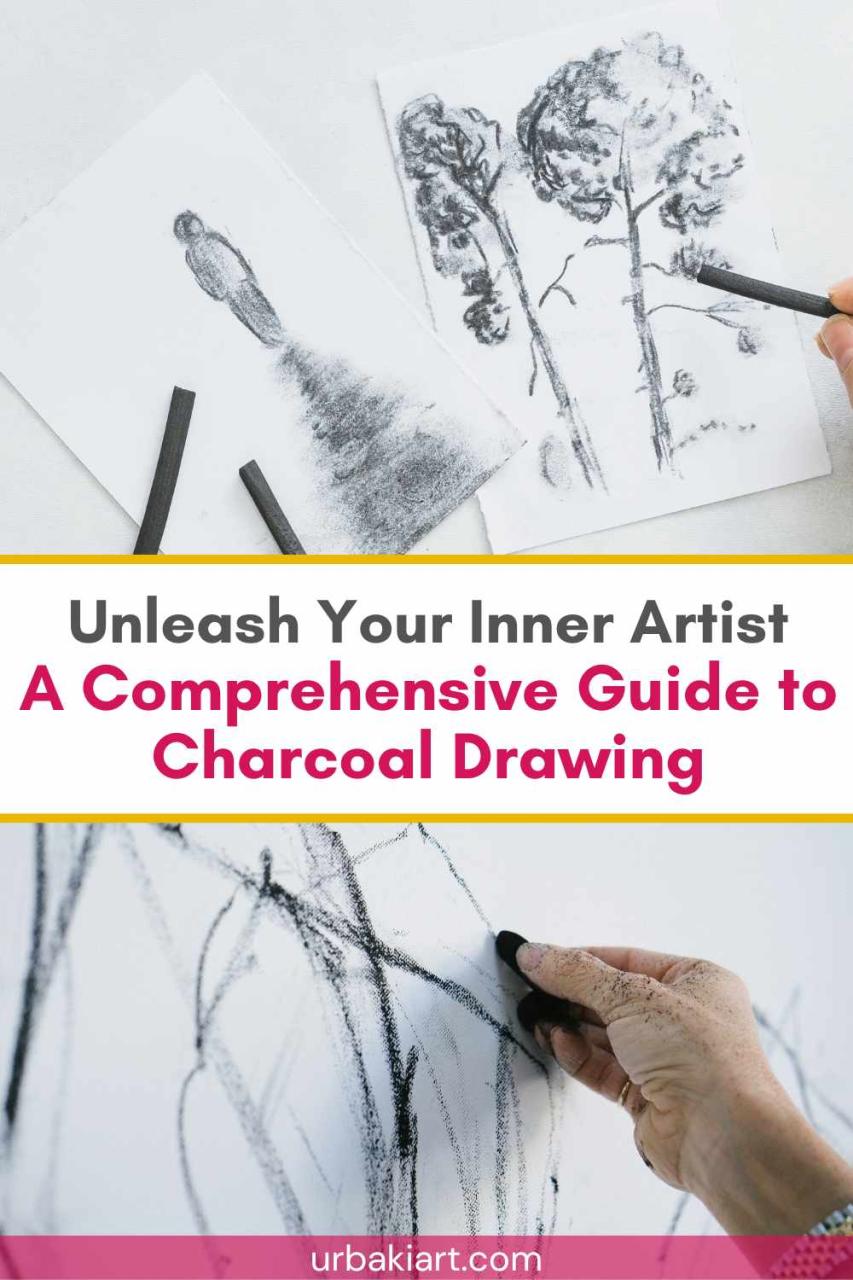
Hey there, budding artists! I’m your friendly neighborhood drawing teacher, here to guide you on a fun and exciting journey into the world of visual art. Drawing is a magical skill that allows you to express your creativity, capture the world around you, and develop your imagination. It’s like having a superpower that lets you bring your ideas to life on paper!
But before we dive into the exciting world of drawing, let’s answer a question that’s probably on your mind:
What size is construction paper?
Construction paper comes in various sizes, but the most common ones are:
- 9×12 inches: This is a standard size, perfect for most drawing projects.
- 12×18 inches: A larger size that gives you more space to work with, ideal for larger drawings.
- 18×24 inches: The largest size, perfect for murals and ambitious projects.
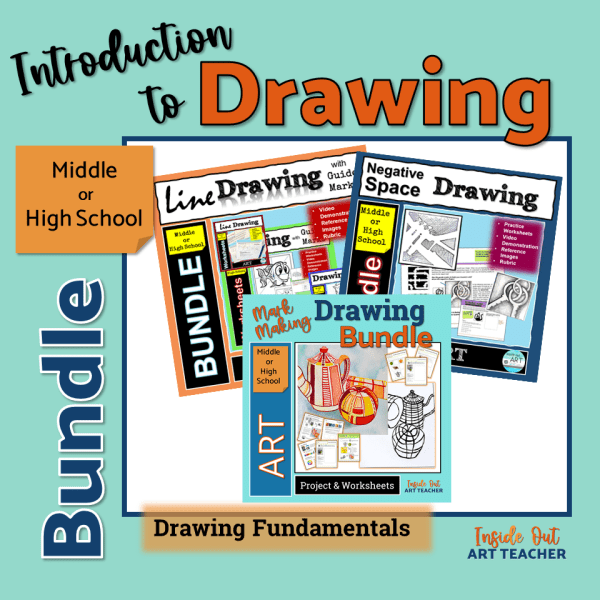
You can find construction paper in a wide array of colors, which adds another layer of creativity to your drawings.
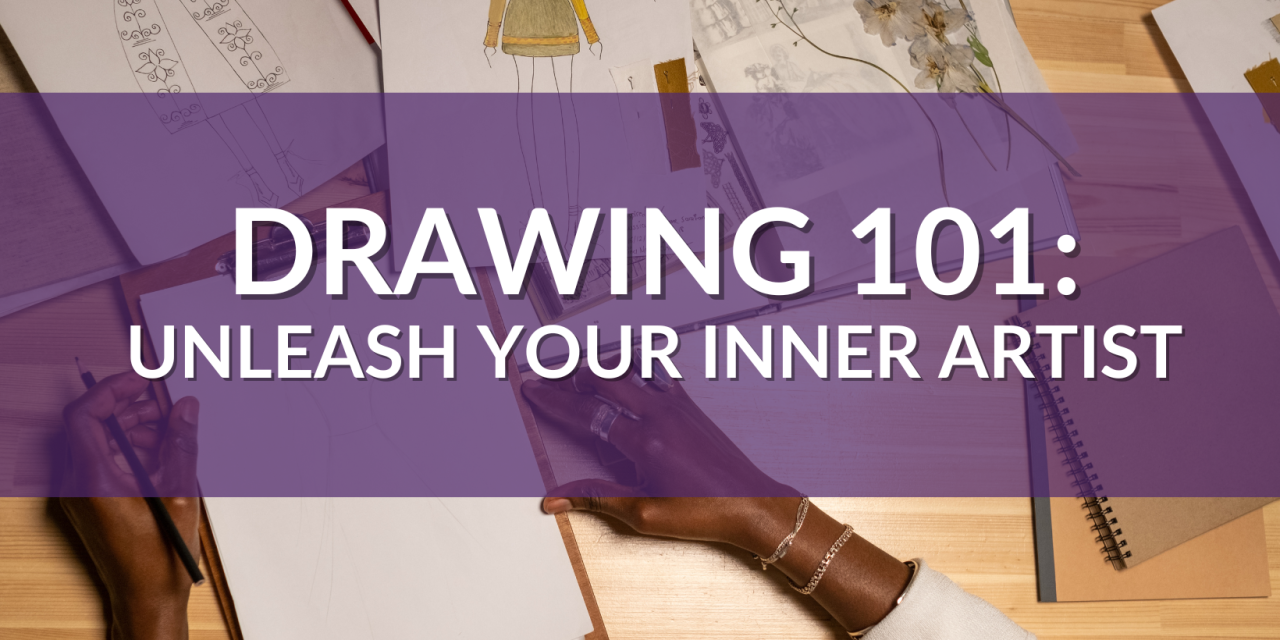
Now, let’s get started with our drawing adventure!
1. The Tools of the Trade:
- Pencil: A trusty pencil is your best friend in the world of drawing. It allows you to experiment, make mistakes, and erase them easily. Start with a regular HB pencil, and as you become more comfortable, you can explore different lead grades for different effects.
- Paper: Construction paper is a great choice for beginners because it’s sturdy and provides a good surface for drawing. You can also use regular drawing paper or sketchbooks.
- Eraser: A good eraser is essential for cleaning up mistakes and making adjustments.
- Sharpener: Keep your pencils sharp for precise lines and details.
- Optional: You can also use colored pencils, crayons, markers, or even paint to add color and dimension to your drawings.
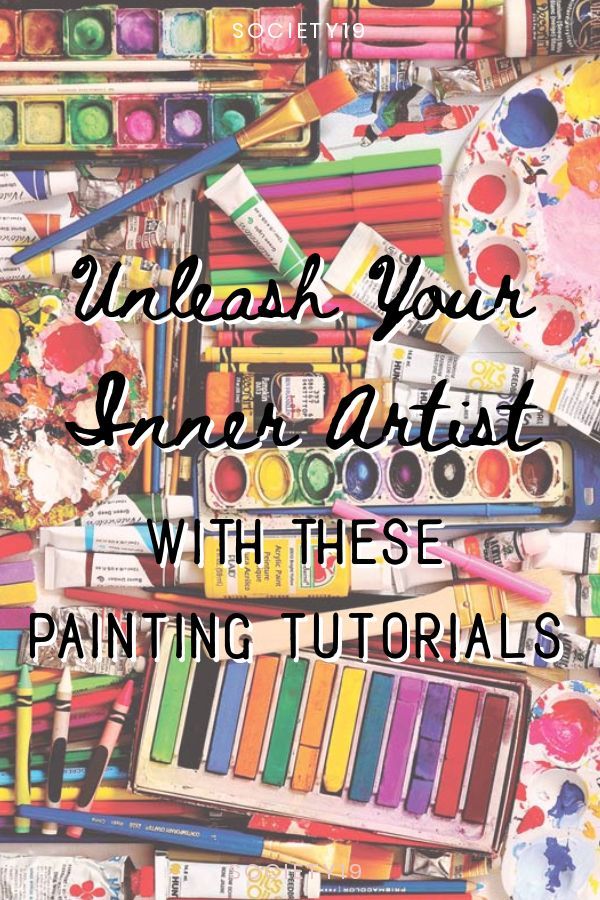
2. Basic Shapes: The Building Blocks of Drawing
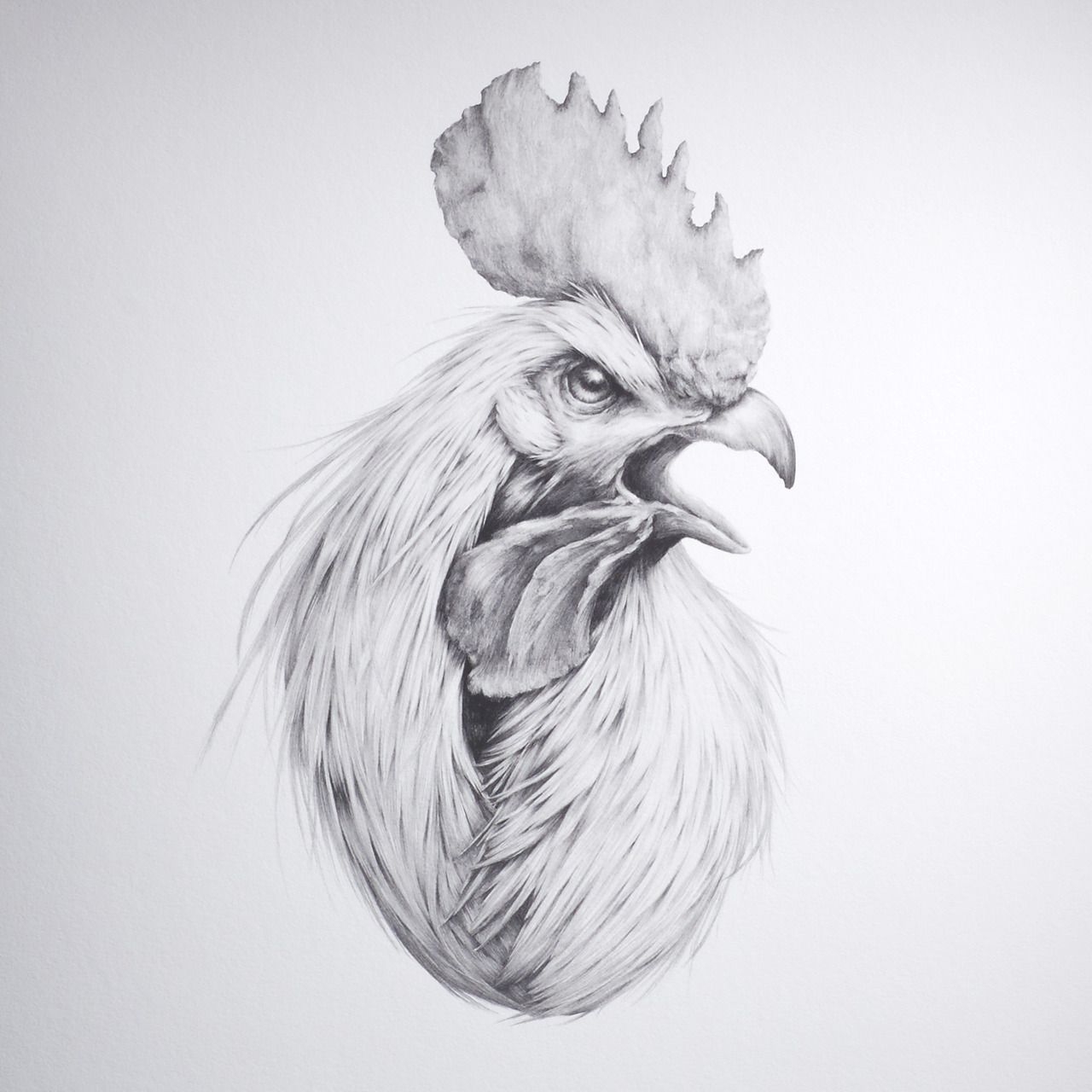
Drawing is all about putting shapes together to create images. Start by practicing these basic shapes:
- Circles: Practice drawing circles of different sizes. Try to make them as round as possible.
- Squares: Draw squares by making four equal sides that meet at right angles.
- Triangles: Draw triangles with three sides and three angles.
- Rectangles: Draw rectangles with four sides, two of which are longer than the others.
- Ovals: Ovals are like elongated circles. Practice drawing them in different orientations.

3. Lines: The Language of Drawing
Lines are the building blocks of every drawing. They can be used to create shapes, define outlines, add details, and express emotions. Here are some types of lines:
- Straight lines: These are lines that don’t curve.
- Curved lines: These lines have a gentle bend.
- Zigzag lines: These lines have sharp angles.
- Wavy lines: These lines have a flowing, undulating shape.
- Thick lines: These lines are bold and strong.
- Thin lines: These lines are delicate and subtle.
4. Shading: Adding Depth and Dimension
Shading is the technique of using different shades of gray or color to create the illusion of depth and dimension in your drawings. Here are some techniques:
- Hatching: Draw parallel lines close together to create darker areas.
- Cross-hatching: Draw lines that cross over each other to create even darker areas.
- Stippling: Use dots to create different shades of gray.
- Blending: Use your finger, a blending stump, or a cotton swab to smooth out the shading.
5. Drawing from Observation:
Drawing from observation is a great way to learn how to see the world around you and translate it onto paper. Here are some tips:
- Choose a simple subject: Start with something easy, like a fruit, a flower, or a toy.
- Break it down into shapes: Look for the basic shapes that make up the subject.
- Focus on the details: Pay attention to the lines, curves, and textures of the subject.
- Don’t be afraid to make mistakes: Drawing is a process of trial and error.
6. Drawing from Imagination:
Drawing from imagination allows you to create your own unique worlds and characters. Here are some tips:
- Start with a simple idea: Think of something you want to draw, like a creature, a landscape, or a scene from your favorite book.
- Use your imagination: Let your mind wander and explore different possibilities.
- Don’t be afraid to experiment: Try different shapes, lines, and colors.
Benefits of Drawing:
- Boosts creativity: Drawing allows you to express your imagination and create your own unique art.
- Improves observation skills: Drawing from observation helps you see the world in new ways.
- Enhances problem-solving skills: Drawing involves figuring out how to represent objects and ideas on paper.
- Develops fine motor skills: Drawing requires precise hand movements.
- Reduces stress and anxiety: Drawing can be a relaxing and therapeutic activity.
FAQs:
1. What if I’m not good at drawing?
Everyone starts somewhere. The key is to practice and have fun! Don’t be afraid to make mistakes, they’re part of the learning process.
2. How often should I practice drawing?
The more you practice, the better you’ll become. Aim for at least 15-30 minutes of drawing each day.
3. What should I draw?
Draw anything that interests you! Start with simple objects, then move on to more complex subjects.
4. How can I improve my drawing skills?
Take drawing classes, watch tutorials, and practice regularly. The more you draw, the better you’ll get.
5. What if I don’t have any drawing experience?
That’s perfectly fine! This guide is designed for beginners. Just follow the steps and have fun!
Remember, drawing is a journey, not a destination. Enjoy the process, experiment, and let your creativity shine!
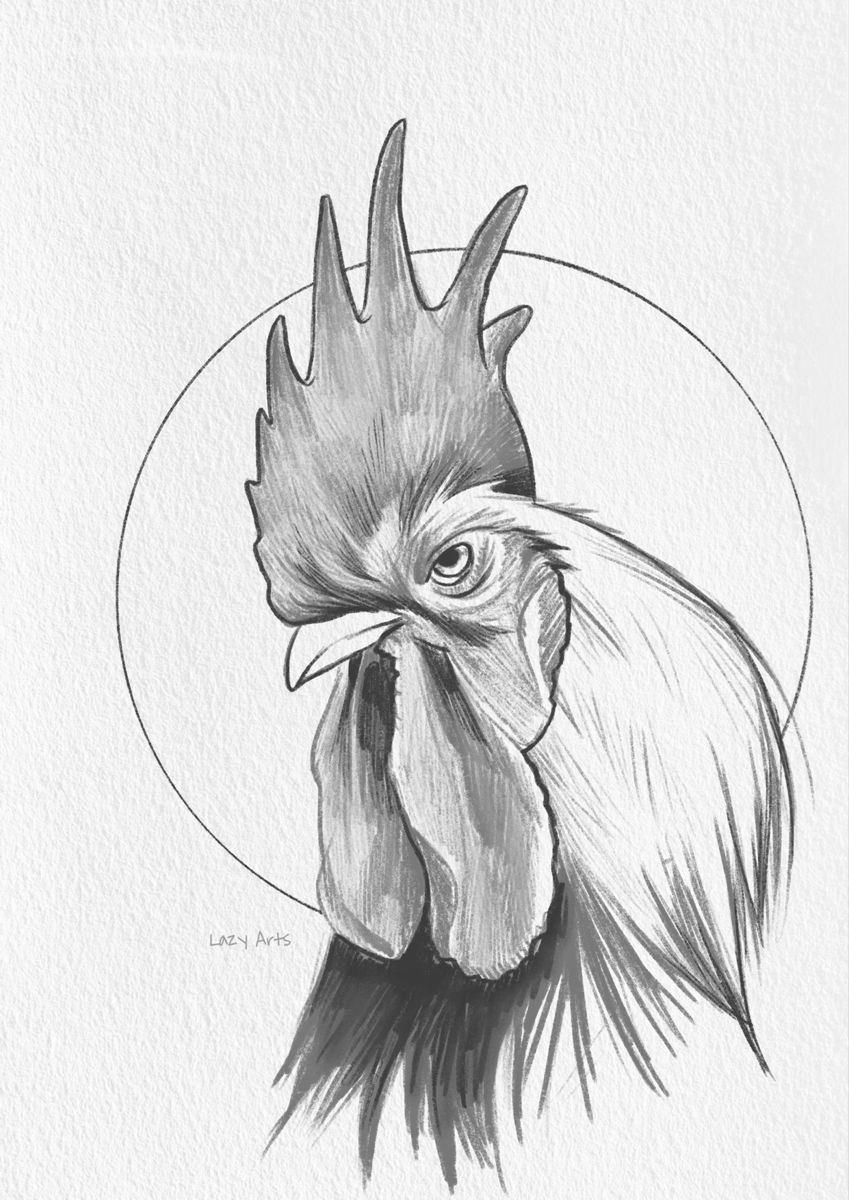
Thus, we hope this article has provided valuable insights into Downloads Unleash Your Inner Artist: A Beginner’s Guide to Drawing. We thank you for taking the time to read this article. See you in our next article!
 apapunada.my.id News Bisnis Technology Tutorial
apapunada.my.id News Bisnis Technology Tutorial